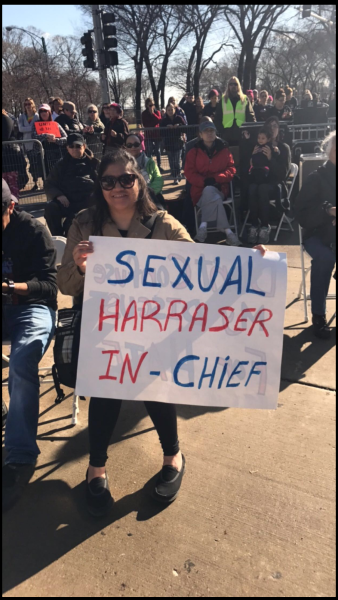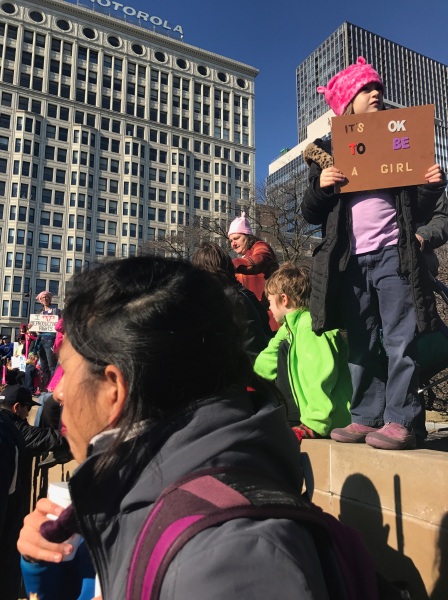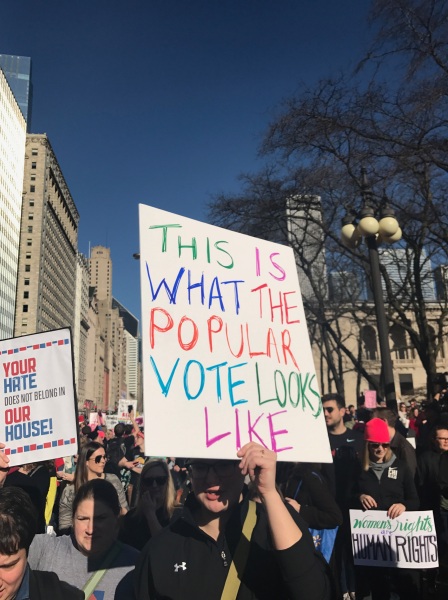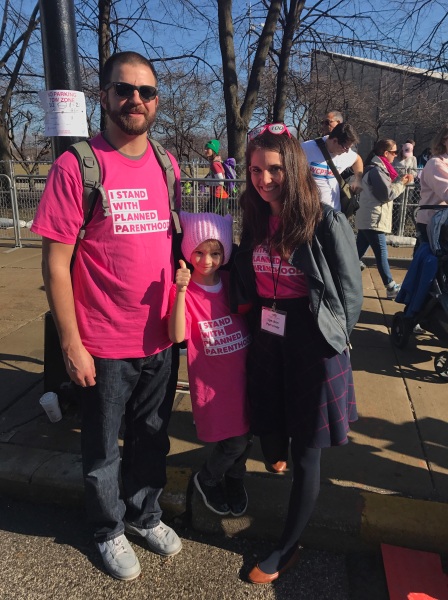According to Business Insider, career fairs present great opportunities for students and employers. Putting this message to the test, IPFW Career Services has hosted an the IPFW Industry Fair for the past several years.
This year’s Industry Fair differs from the past events. IPFW CSC collectively decided to move the event to the IPFW International Ballroom, and make the event industry specific.
Those at the Industry Fair seemed to enjoy the intimate students and employers quickly filled the room to engage in conversation.
“This is an excellent setup we have this year,” Dr. Eric Norman, the chief of student affairs, said.
Dr. Norman said he could instantly feel the closeness in the room.
“The lighting and the warmth and intimacy of being here in the ballroom really brings a different vibe than we’ve had in past years,” Norman said. “Which I think is a huge benefit.”
Director of Career Services Ashley Calderon also shared her excitement about the new setup, but said that employers will have the final say.
“The setup we have is really cool and different than past years,” Calderon said, “but ultimately we want to know if the setup pleases the vendors because without them we wouldn’t be able to put on this event.”
The IPFW First Destination Survey says just around 89 percent of IPFW graduates are employed in Northeast Indiana. This makes it important for IPFW to bring in many local businesses in order for students in the area to make connections that are close to home.
Nancy Schmidt, who represented the Fort Wayne City Department at the fair, stated just how important these connections are.
“This fair is a great way for students to get out and get a good idea of jobs and positions that are open in the area,” Schmidt said. “Even though this year’s fair is industry specific, you never know who you might meet.”
Positivity seemed to surround the event’s new setup and concentrated agenda, as chattering and smiles were abundant. IPFW student Zack Sarra expressed his appreciation of the event’s great opportunities.
“The setup is pretty nice,” Sarra said. “It’s so much more cozy to have the fair in here instead of in the gym like past years.”
Sarra also believed that the focus to one specific job field was more beneficial to him as a student.
“For me, every vendor in here is right in the career path I want to follow,” Sarra said. “This fair eliminates some of the guesswork and allows me to go straight to the employers I want to talk to.”
According to Job Mob, students should use the job fairs as an opportunity to hone their interviewing skills, while also getting help with their resume.
“I think students should still come out to the fair, even if we don’t have anything in their field at the moment,” Director Calderon said. “At the bare minimum, they can get help with improving their resume and work on their interviewing skills.”


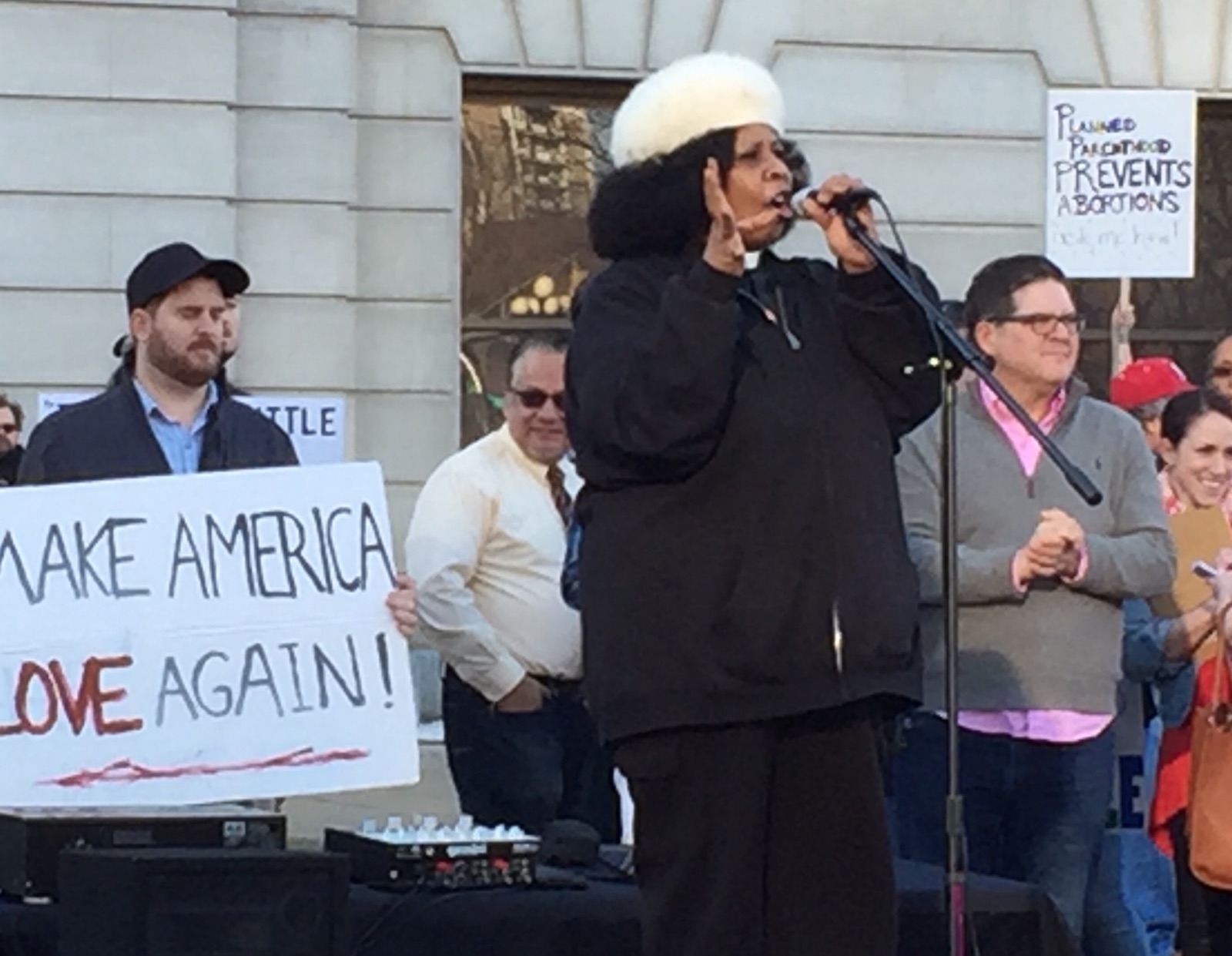
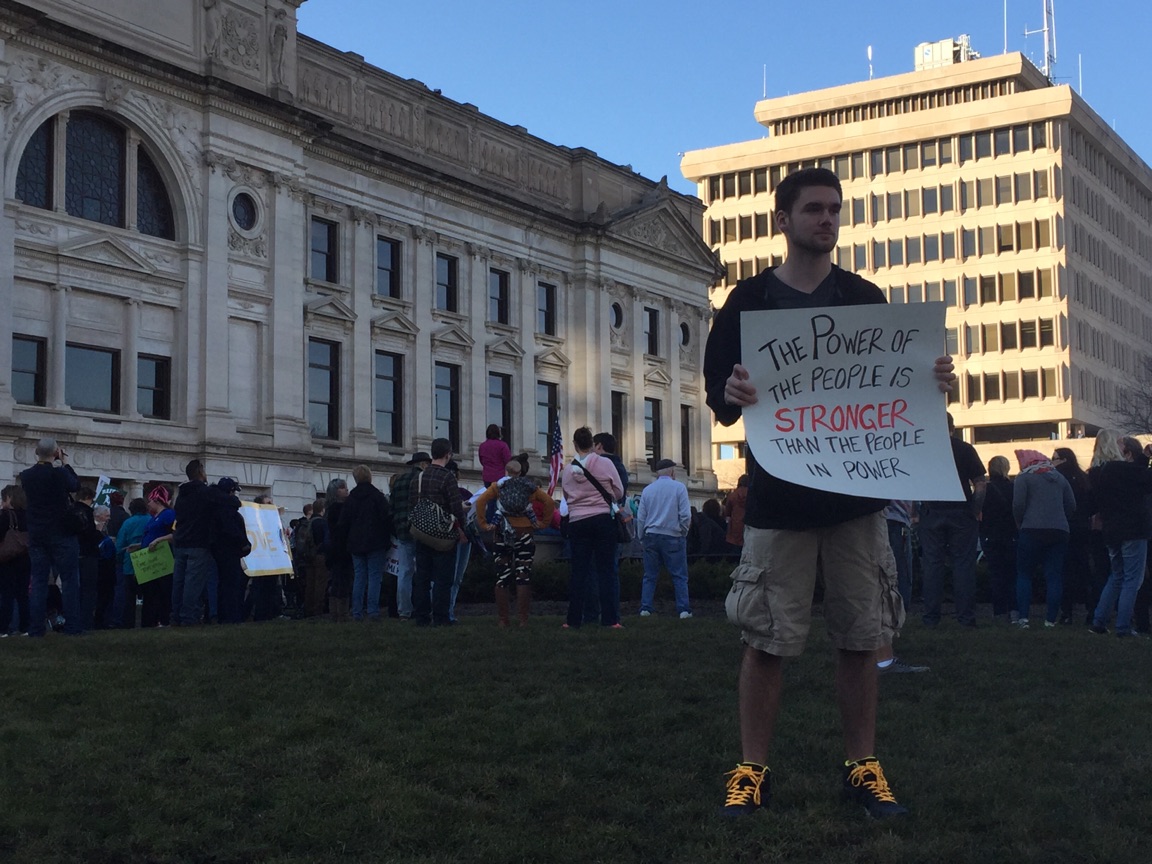

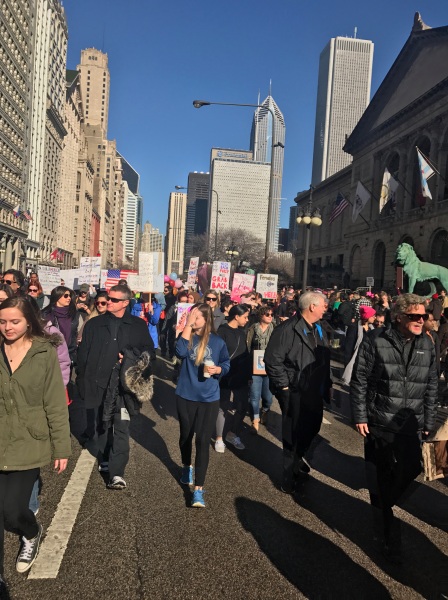 women and allies gathered in downtown Chicago carrying vibrant signs for the Women’s March on Jan. 21.
women and allies gathered in downtown Chicago carrying vibrant signs for the Women’s March on Jan. 21.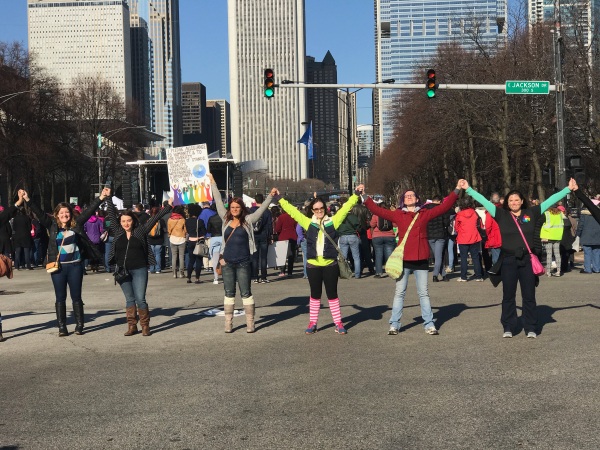 Hundreds of these allies filled the provided seats to watch an array of speakers and performers present onstage.
Hundreds of these allies filled the provided seats to watch an array of speakers and performers present onstage.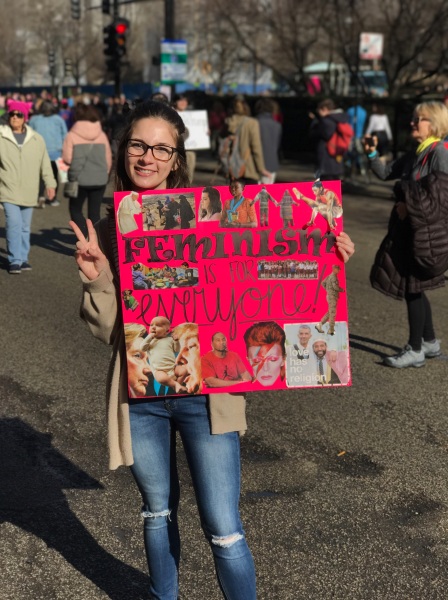 hany Williams said the event, held the day after the inauguration of President Donald Trump, was meant to create a sense of unity and support amongst women and minorities whose rights are being threatened.
hany Williams said the event, held the day after the inauguration of President Donald Trump, was meant to create a sense of unity and support amongst women and minorities whose rights are being threatened.